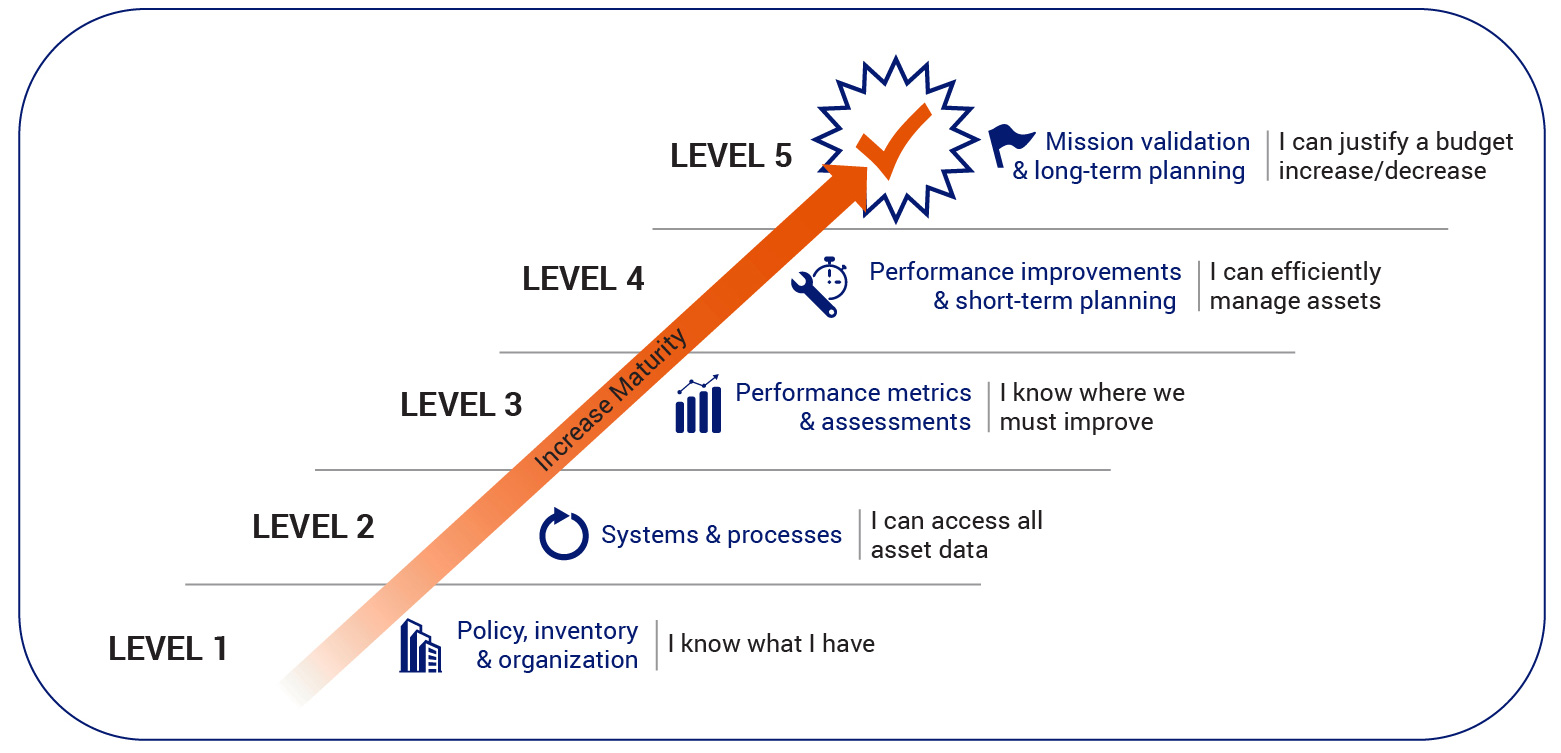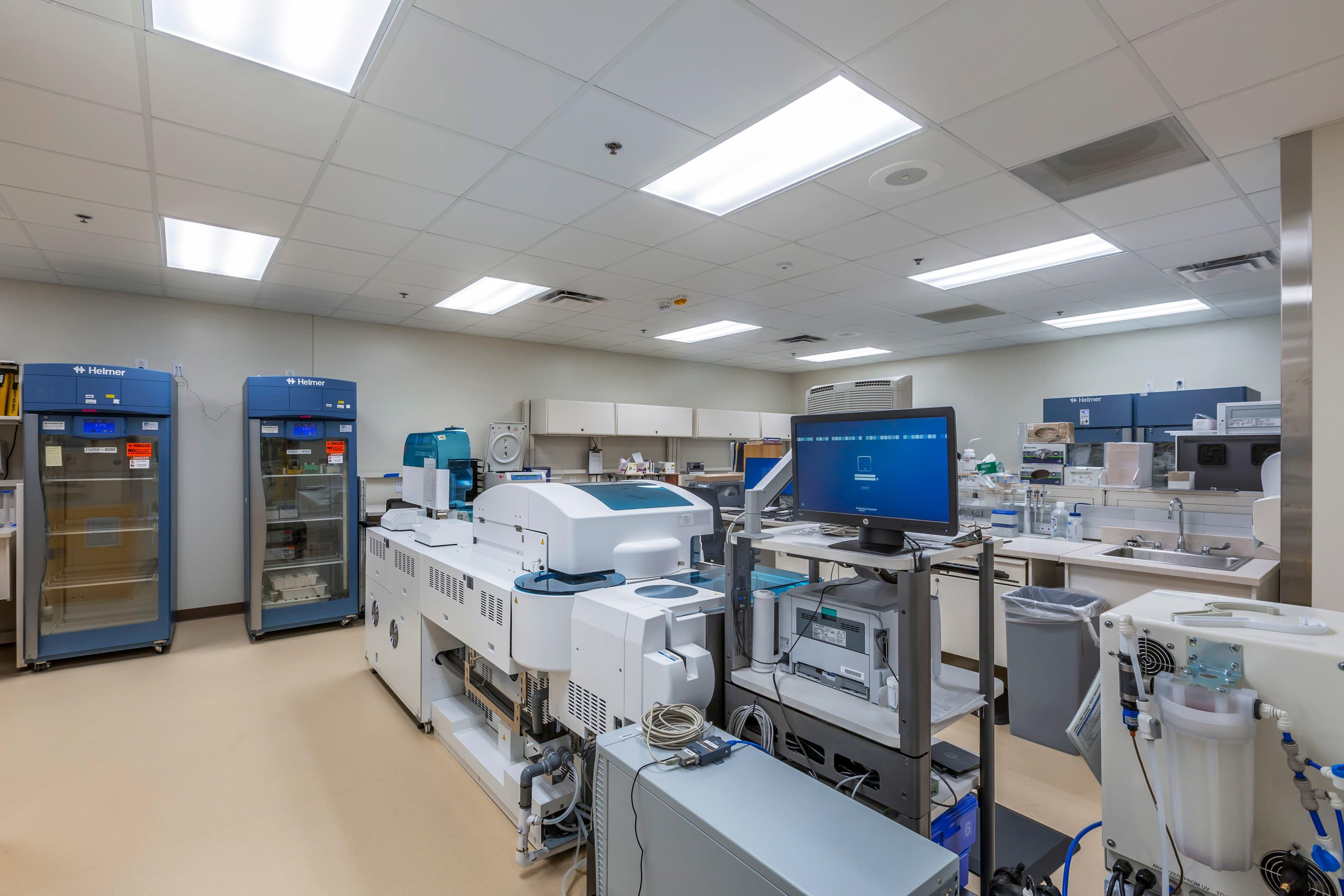
Government Property Management: Ensuring Critical Equipment and Supply Readiness
Alex Barenblitt Pandemic Response Support, Infrastructure, Health, Innovative Readiness Training, Intelligent Readiness & Modernization, ManagementGovernment property entails a variety of assets, from federal office buildings and national parks to critical medical equipment and stockpiled emergency supplies. The COVID-19 pandemic has underscored the importance of meticulous government property management.
The collective efforts of property management in conjunction with integrated supply chain management, procurement, contracts, finance, logistics, operations, maintenance, and mission leadership, ensure that property is in the right place in the right condition at all times. To borrow the motto of the U.S. Coast Guard, Semper Paratus—Always Ready! Good property management is about more than accurate, compliant record-keeping; it ensures property and supplies are where the records indicate and ready for use whenever needed.
How do you determine if your property readiness posture can answer the call?
When Effective Property Management Becomes Critical
The Department of Health and Human Services responded to an immediate need for ventilators at California hospitals treating patients stricken with the novel coronavirus COVID-19. Property records were no doubt consulted and 700 ventilators were pulled from storage. They were likely shipped to California without verifying their status beyond what the records reflected. The fact that none of the ventilators worked was discovered only upon arrival. Fortunately, California officials swiftly found sources to repair the ventilators. But this delay hindered their availability to patients in critical need. Lives should not have to be put at risk to illustrate importance of effective property management.
How can the weaknesses and risks in a property management system be understood before a crisis? Most audits examine records for accuracy and to determine if financial reporting requirements are met, but they may not evaluate the effectiveness or efficiency of the property management system. How do you determine if your property readiness posture can answer the call in an emergency?
Property Maturity Assessment Program (PMAP™)

LMI’s PMAP™ capability is an independent assessment approach (based on the ASTM International Standard E2452-12(2019), “Equipment Management Process Maturity Model”) that can mitigate the risk of failure. As a comprehensive analysis method, PMAP™ collects objective and subjective data. It uncovers the weaknesses and risks in the management of government property before the next audit and, more importantly, before the next emergency. Analysis of existing supply chain risks can provide even deeper understanding.
Using a weighted average of all maturity measures for each subcomponent, PMAP™ assigns a maturity level, or score. The figure below describes each level of maturity from the basic level—knowing what you have (Level 1)—to the advanced level—having the knowledge to make decisions that improve operations and support long-term planning and mission validation (Level 5).
Fostering Confidence in Crisis Response
The delivery of inoperable ventilators illustrated two lessons:
- The importance of property management must be appreciated and receive enterprise-wide support, including agency leadership. It’s not merely a financial reporting compliance issue—it can make a difference in saving lives.
- An independent assessment by highly qualified subject matter experts can ensure an organization understands the strengths, weaknesses, and risks of its property management system.
LMI has the subject matter experts to implement PMAP™ and identify ways to strengthen property management readiness. These insights are essential, whether the mission is supporting ongoing operations or responding to an unplanned event. By developing more reliable information about the availability and condition of property and supplies, organizations can be more effective and have greater confidence in crisis response.


Alex Barenblitt
Sr. Consultant, Logistics Planning and OptimizationAlex supports property management operations at federal civilian and defense agencies, specializing in Six Sigma rapid problem-solving techniques applied to property management.

Resources To Navigate the Age of COVID-19
Visit our resource center for the latest information and insights to help our federal clients navigate the age of COVID-19.


